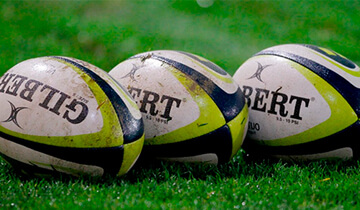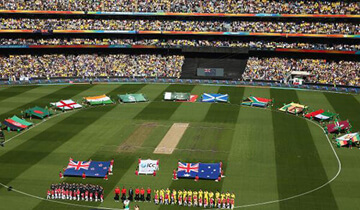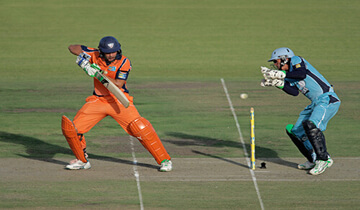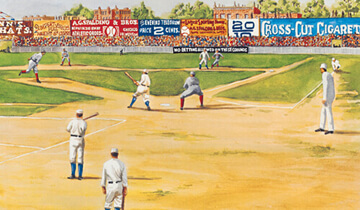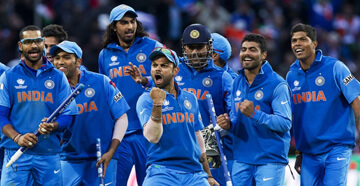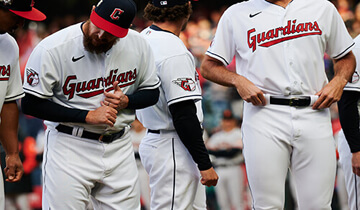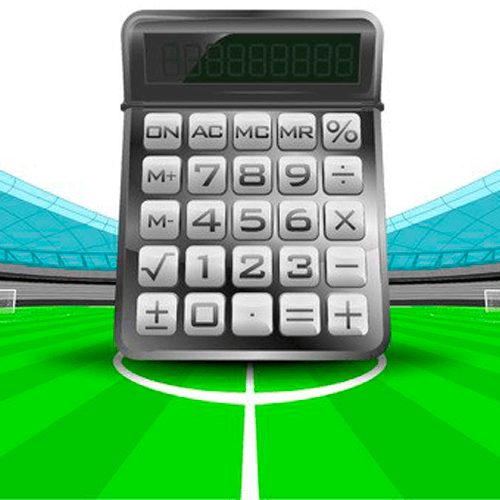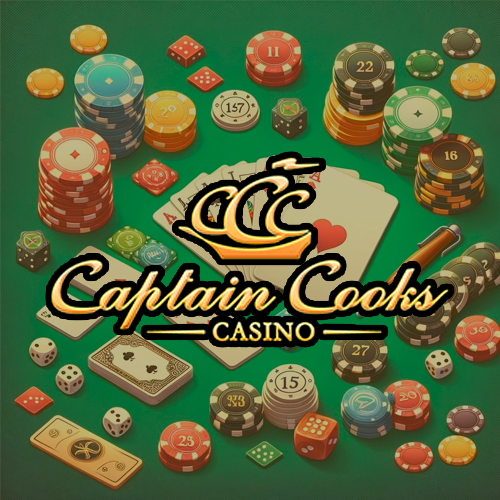Rugby: A Complex and Exciting Team Sport
Brief Background on Rugby
Rugby is a popular team sport played in many countries around the world. The origins of rugby date back to the early 1800s in England, where the game evolved from football (soccer). Since then, rugby has grown into a professional sport with international competitions and millions of fans.
Rules and Objectives
Rugby is played with two teams of 15 players on a rectangular grass field. The objective is to carry an oval ball past the opponent’s goal line to score points. Players advance the ball by running with it or kicking it. Tackling and scrums are key parts of gameplay that make rugby an intense, full-contact sport.
Like many sports, rugby has different variations and rules depending on the level and age group. This article will focus specifically on professional rules for adult rugby union, the most common form of rugby worldwide.
Rugby union features 15 players on each team – eight forwards and seven backs. Forwards are generally bigger players who participate in scrums, rucks and mauls, contests to gain possession of the ball. Backs are often faster players who advance the ball down the field by running and kicking.
Complexity and Entertainment of Rugby
With its physical nature, constantly changing strategies and numerous rules, rugby is considered one of the most complex sports to master. At the professional level, success requires tremendous athleticism, endurance and quick decision-making skills. While challenging to play, the intricacies of rugby also make it highly entertaining to watch.

The Length of Professional Rugby Matches
Standard 80 Minute Games
A professional rugby union match, the most common form, typically spans 80 minutes, divided into two halves of 40 minutes each. However, unlike many sports, rugby employs a continuous clock, stopping only for stoppages like scrums, penalties, and half-time. This means the actual playing time can extend beyond the allocated 80 minutes, often reaching 100-120 minutes in real-time.
Shorter Matches for Rugby Sevens
In rugby sevens, a faster version of rugby with 7 players per team, each half lasts only 7 minutes. The 2-minute halftime break makes the total duration of a rugby sevens match only about 20 minutes in real-time.
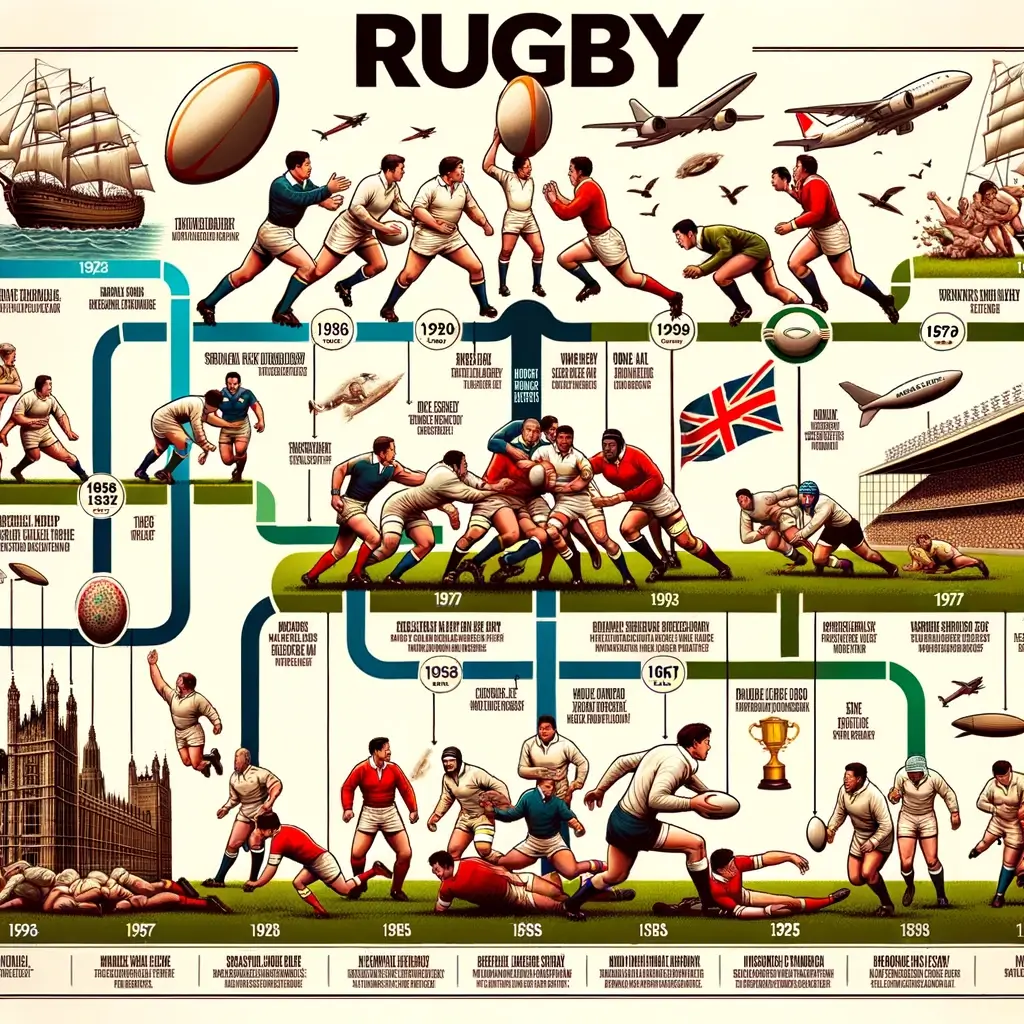
How does extra time work in rugby?
In major rugby union tournaments like the Rugby World Cup, tied games after full-time go to extra time. This involves two 10-minute periods to determine a winner. If still tied after extra time, a kicking competition will decide the victor.
Continuous Action and Strategy
The absence of frequent stoppages like timeouts or commercials fosters continuous, free-flowing action. Players and teams must constantly adapt and make strategic decisions on the fly, adding another layer of excitement to the game.
More Stoppages in Rugby League
Rugby league, which has 13 players per team, also follows two 40-minute halves with a short break in between. However, the clock is often stopped more frequently in rugby league, leading to less actual playing time than the allotted 80 minutes.

Mastering the Game: Beyond the Basics
Understanding these fundamentals is merely the first step. Rugby boasts a rich tapestry of rules and variations, including:
- Rugby Sevens: A faster-paced version with 7 players per side and shorter halves (7 minutes each).
- Extra Time: In knockout tournaments, drawn matches go into extra time (usually 20 minutes) to determine the winner.
The Condensed Format of Rugby Sevens
Rugby sevens is a faster, shorter variant of rugby played with 7 players per team. The halves are only 7 minutes each with a 2 minute halftime break, so a complete sevens match takes only 16 minutes of actual game time. Sevens competitions like the HSBC World Rugby Sevens Series feature multiple condensed matches over a tournament weekend.
Extra Time Resolves Drawn Rugby Matches
In professional competitions, if the scores are tied at the end of normal time, extra time is often played to determine a winner. The rules for extra time vary by tournament but commonly involve two shorter 5 or 10 minute periods until a winner is decided. Sudden death formats are also sometimes used. Extra time allows thrilling drawn matches to reach a definitive conclusion.
An Inside Look at What Halts Play in Professional Football: Half time in rugby
Football is a game of intense action and momentum, where every second counts. But even in the fast-paced world of pro football, the game clock sometimes needs to stop. There are several circumstances where the rules dictate a pause in the action and time temporarily stands still.
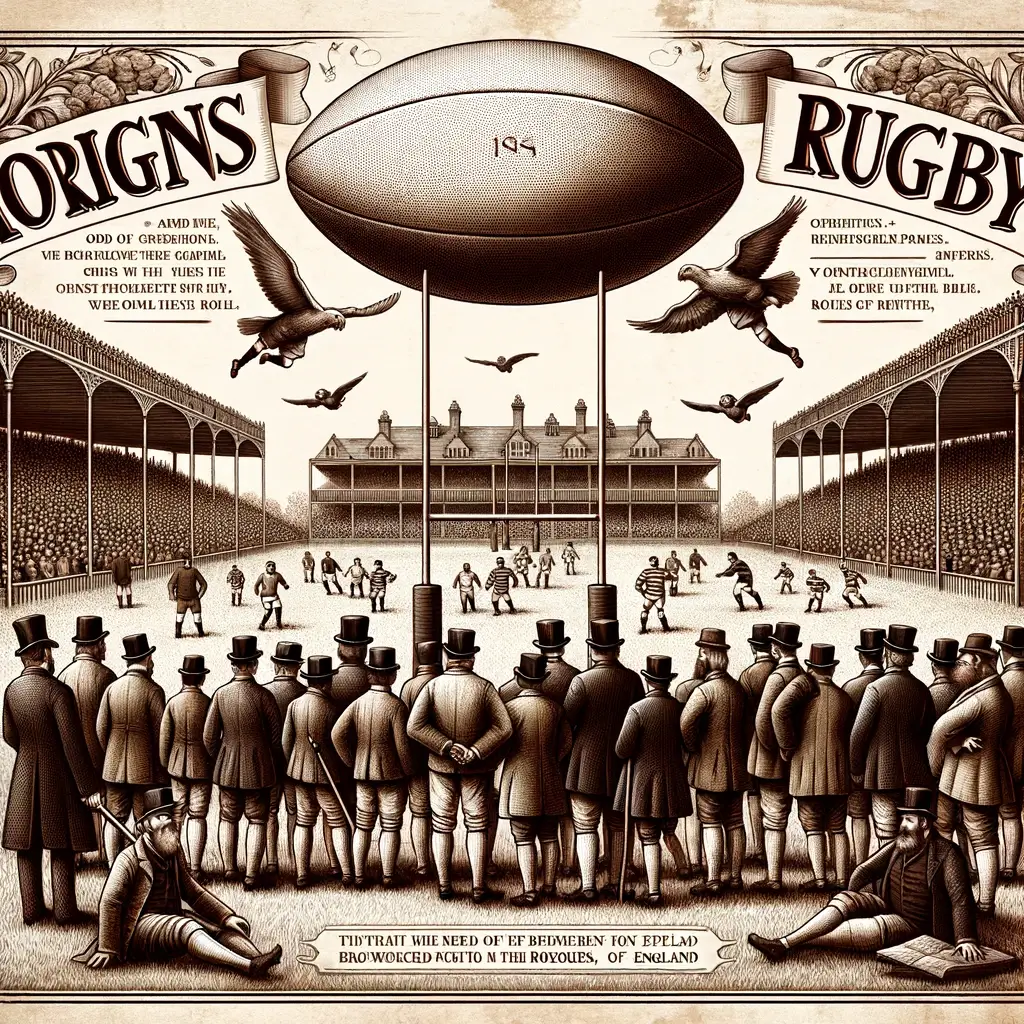
Halftime Allows Teams to Rest and Recalibrate
The most common clock stoppage comes at the half. Per NFL rules, halftime lasts 20 minutes, giving the players a much-needed break and the chance to strategize and make adjustments for the second half. Once the teams retake the field, the clock starts again as if it’s a whole new game.
Injuries Lead to Clock Stoppages: Injuries are another frequent reason for stopping the clock. Player safety is paramount, so officials halt play whenever a player goes down. The injured player is tended to while the clock is stopped and the action pauses. Once he is removed from the field, the game resumes.
Other Reasons for Pausing Play: Player substitutions also pause the game for a few seconds. When an offensive or defensive player is switched out, the clock stops briefly while the sub gets set. This ensures the sub has time to get lined up properly pre-snap.
Occasionally, delays occur when a new ball must be brought out because the current one is defective or lost. The clock stops while attendants provide a replacement ball to the offense.
Substitutions, Equipment Issues, and Weather Also Lead to Stoppages: Severe weather can also disrupt gameplay. If lightning strikes nearby, the game halts until the threat passes. This ensures safety, as well as a level playing field once action resumes.

When Do Rugby Matches Actually End? Play Continues Beyond the Clock’s 40 and 80 Minutes
Despite the clock’s display, rugby matches and halves don’t always conclude precisely at the 40 and 80-minute marks. Often, play will extend past the allotted time until the next dead ball situation arises.
The Dead Ball Situations
A dead ball signifies any scenario where the action has stopped and the ball is out of play. Common dead ball situations that conclude a half or game of rugby include:
Penalty awarded: Once the penalty kick is taken and the ball becomes dead, the half/game ends. Conversion attempt: The moment the conversion kick is attempted, successful or not, the half/game ends. Ball going out of bounds: When the ball crosses the touchline or dead ball line, play ceases, and so does the game. Scrum reset: The referee’s whistle to restart a scrum signifies a dead ball and the end of play. Knock-on or forward pass: These infringements result in a scrum, stopping the play. Kickoff: After the kicking team kicks off, and the receiving team plays the ball, the half/game is over. **Exceptions to Dead Ball Endings:**While most dead ball situations end play, some exceptions exist, like quick tap penalties and unplayable balls in rucks. Generally, the next dead ball situation after the designated time expires will mark the game’s conclusion.
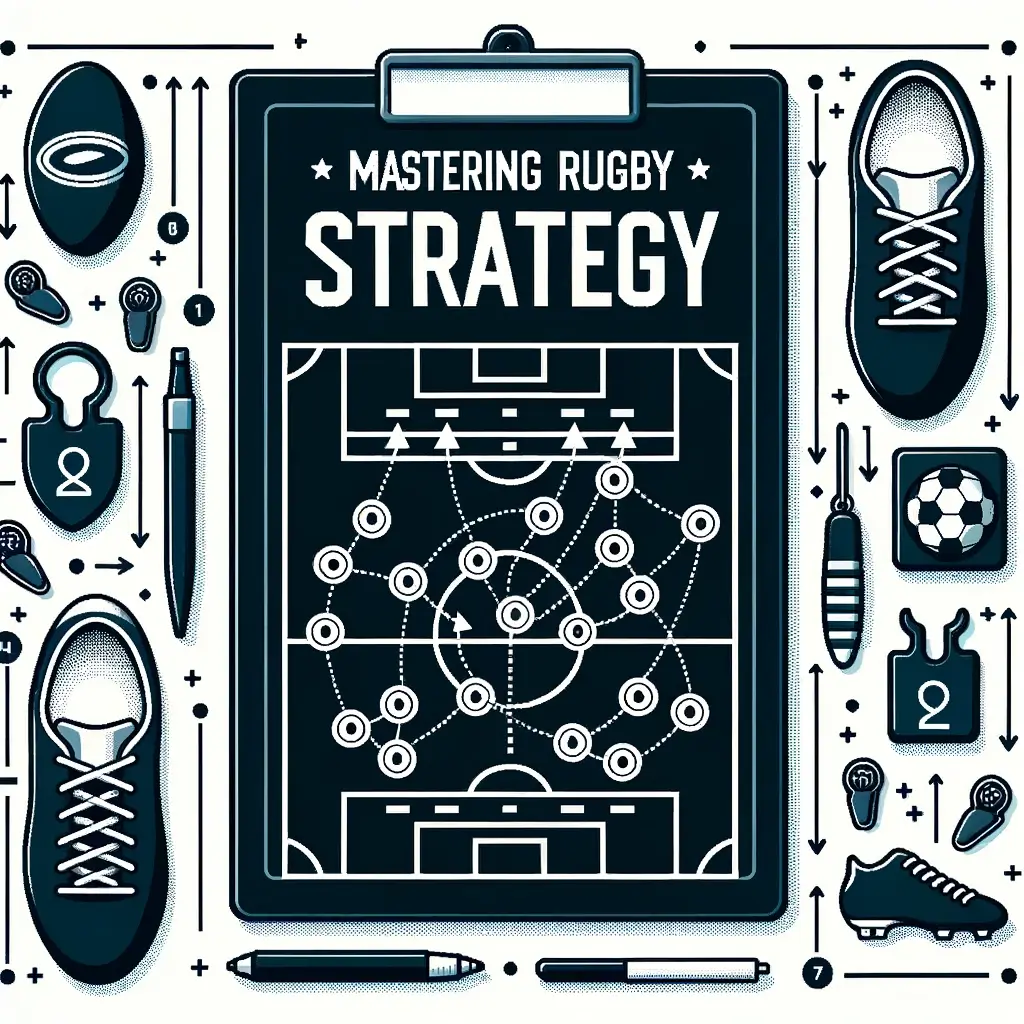
The Action Dictates the End, Not Just the Clock
Therefore, while the clock serves as a guide, the on-field action ultimately determines when a half or game officially ends in rugby. The match isn’t over until the referee blows the final whistle at a dead ball situation.
Rugby scoring system: Grounding the Ball for Tries
The primary method of scoring points in rugby involves grounding the ball in the opponent’s in-goal area, known as a try and worth 5 points.
How is a try scored in rugby? To score a try, a player must control the ball and touch it down within the opponent’s in-goal area. This typically involves breaking through the defensive line and evading tackles.
Kicking for Extra Points

Following a try, the scoring team gets an opportunity to add extra points with a conversion kick.
Conversion kicks in rugby: The ball is positioned in line with where the try was scored, and a player attempts to kick it through the goal posts. A successful conversion adds 2 points.
Penalty kicks in rugby and points system
Penalties are awarded for infringements or illegal play. When a penalty is called, the non-offending team gets a free kick from the spot of the foul.
Penalty Kick Points: A successful penalty kick, where the ball goes through the goal posts, is worth 3 points.
Executing a Drop Goal
A Drop Goal, worth 3 points, can be attempted during general play.
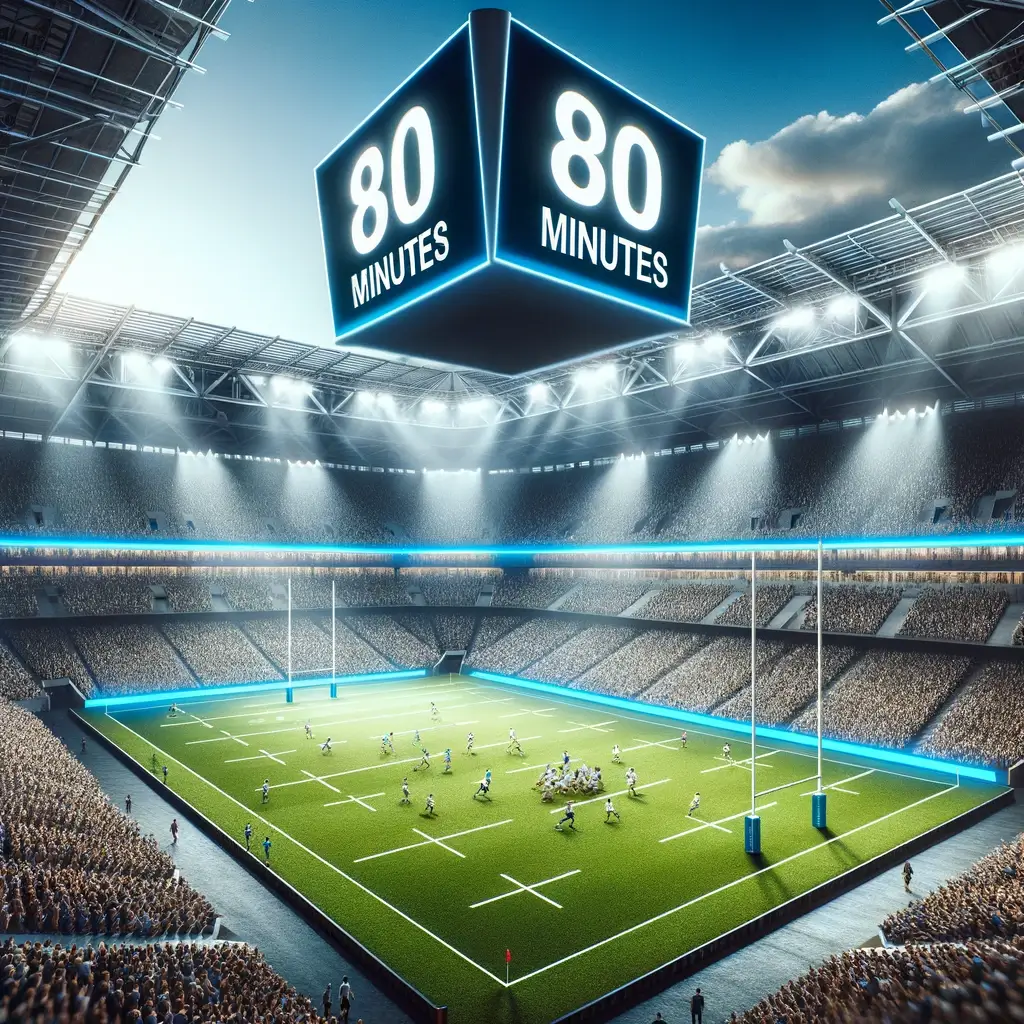
To score a drop goal, a player drops the ball in open play and kicks it after it bounces. The ball must go through the goal posts for a successful attempt.
Scoring in rugby demands a combination of tactics, skill, and athleticism. Teams must devise strategies to breach the defense and score tries, while also capitalizing on penalties, conversions, and opportunistic drop goals. The diverse scoring methods contribute to the excitement and fast-paced nature of the game.
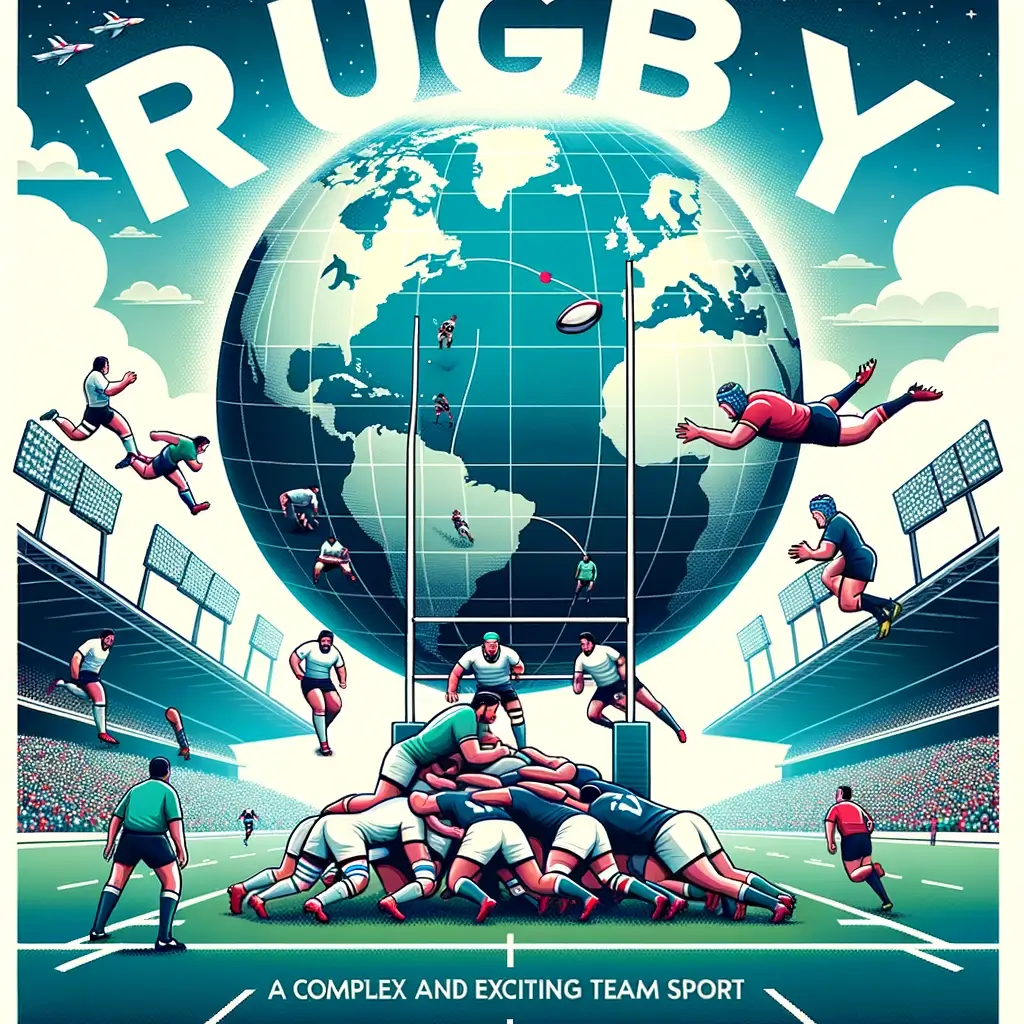
Low Scores Compared to Other Sports
With tries worth 5 points and kicks worth 2-3 points, matches often end with team scores in the teens or 20s compared to much higher scoring games like American football. Strategically scoring points while preventing the opposition from doing the same is key to winning at rugby.
Understanding Scoring is Key for New Fans
Understanding the timing rules and scoring system is key for any new fan trying to follow the flow of a rugby match. While chaotic at first, rugby’s continuous action and multifaceted scoring methods make for an exciting, fast-paced viewing experience. With the guidance above, any newcomer to the sport can feel better prepared to take in the thrill of rugby.
FAQ
How long does a rugby match usually last?
Usually a standard rugby match lasts about 2-3 hours. It consists of two halves of 40 minutes each and a 10 minute break in between.
Are there any differences in the length of rugby matches?
Yes, it is possible to vary the length of matches. Factors such as penalties, injuries and extra time for a draw can increase the overall length of a rugby match.
Can you provide more information on rugby sevens?
Rugby sevens is a shortened version of rugby in which matches are played at a faster pace and consist of two halves of seven minutes each. This format allows several matches to be played in one day.
How is half time used in a rugby match?
During half-time, players get a short 10-minute break to rest, recover and get tips from the coaches. This is an opportunity to evaluate the game and make strategic changes for the second half.
What happens if a rugby match ends in a draw?
In the event of a tie after the standard 80 minutes, an additional 20 minutes of golden time may be added to determine the winner. If the tie persists after this, extra time or penalties may be used in individual competitions.
Can actual game time in a rugby match differ from the allotted minutes?
Yes, the actual match time may differ from the allotted time due to factors such as stoppages for injuries, rule clarifications, substitutions or inclement weather. The clock stops when the ball goes out of play.
How does a rugby match end?
In rugby, the principle of the "end of match scenario" applies when the clock stops at zero, signifying the end of the match. The game continues until a dead ball situation occurs, such as a restart, an ambulance or a scrum after a goal is scored.
Is extra time allowed in knockout phase matches in rugby?
Yes, in the knockout stage, if a tie is maintained after the standard 80 minutes of a rugby match, an extra 20 minutes is played. The extra time may consist of two halves of 10 minutes each, with teams changing sides after the first ten minutes. If the score remains level, a sudden death or penalty shootout format may be used to determine the winner.
What is the difference between the length of a rugby match at amateur and professional level?
Amateur rugby matches usually last around two hours, including two 40 minute halves and a break. Professional rugby matches can last longer than two hours, with longer halves and possibly extra time for shenanigans.
What factors can affect the overall length of a rugby match?
Penalties, injuries, referee consultations, draws and extra time can all affect the overall length of a rugby match.
































